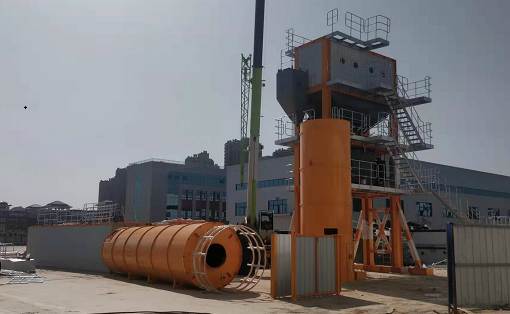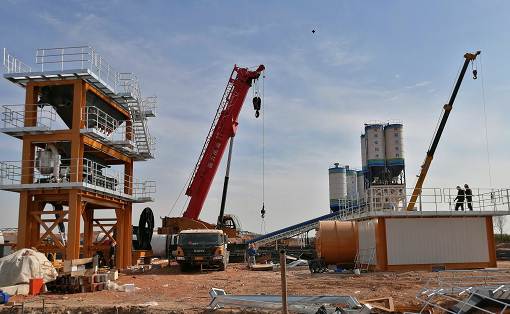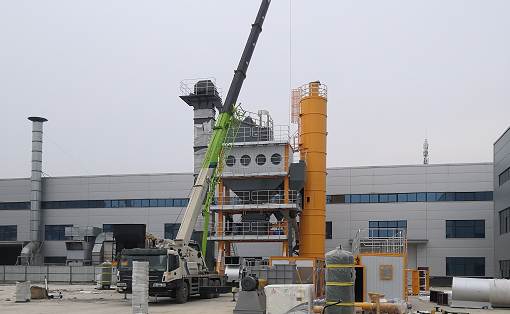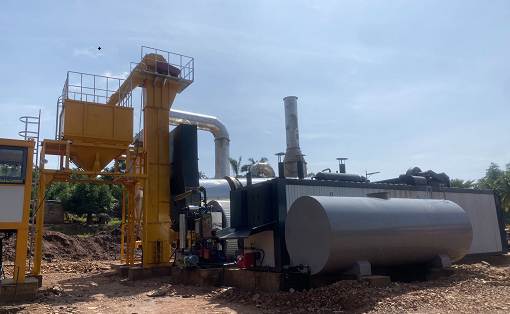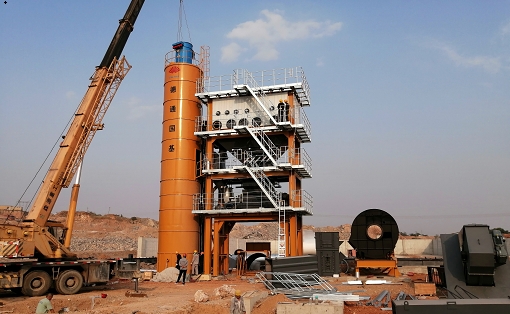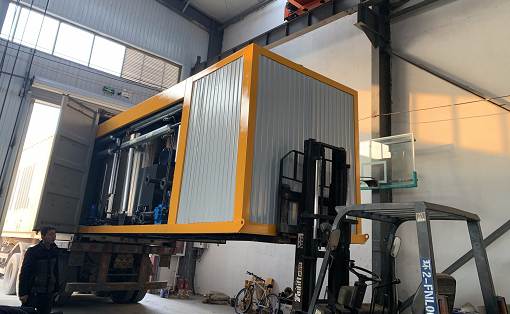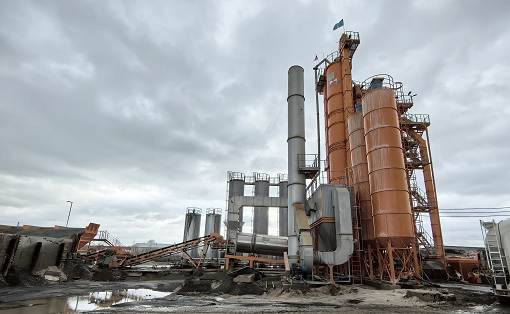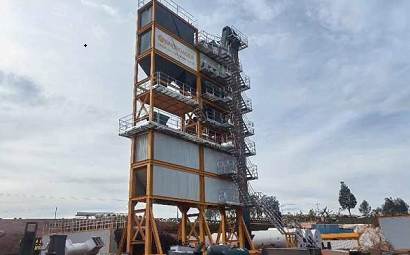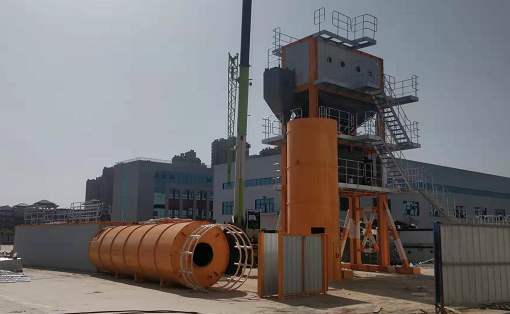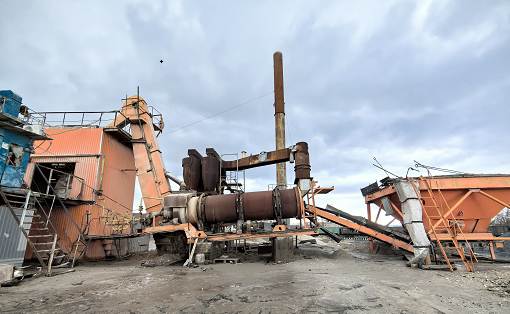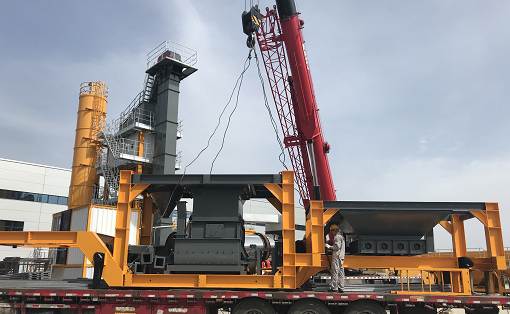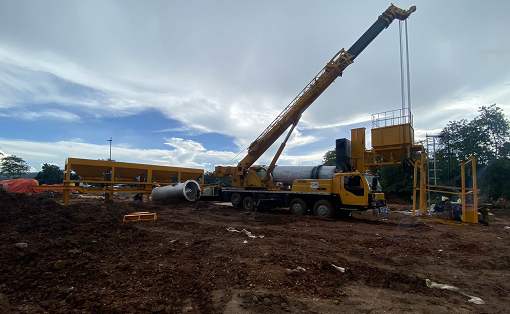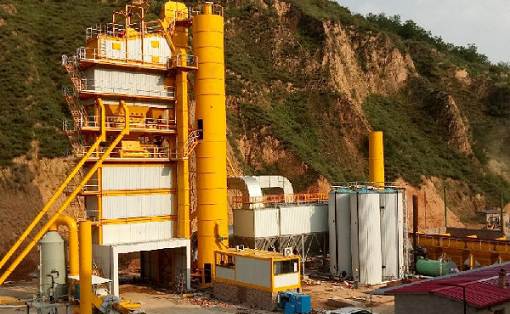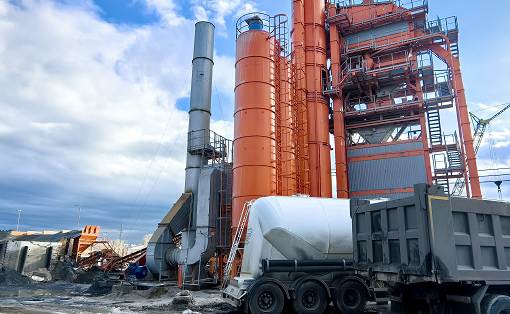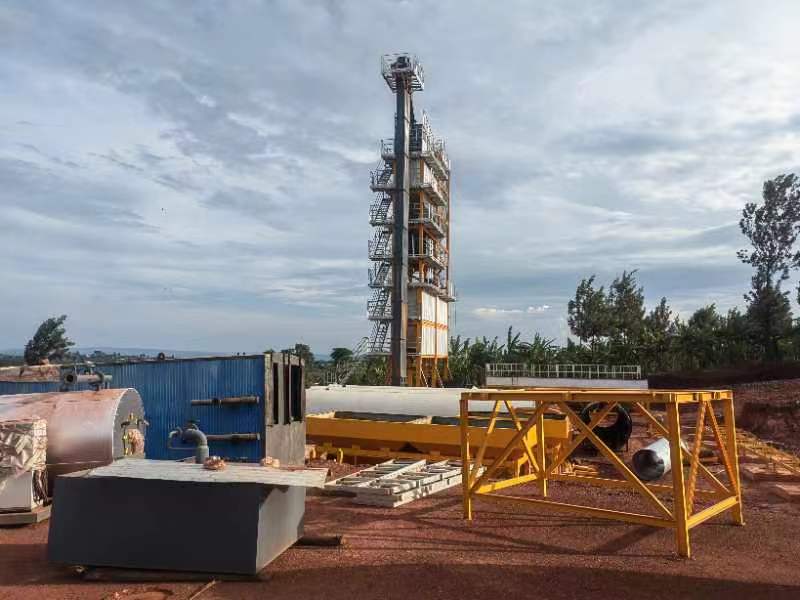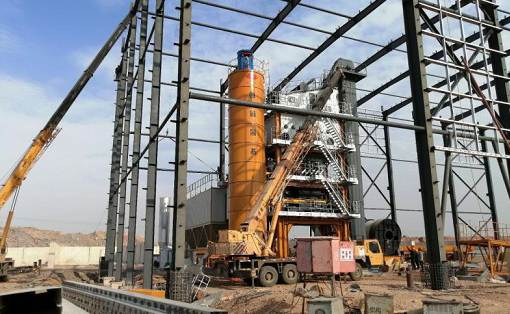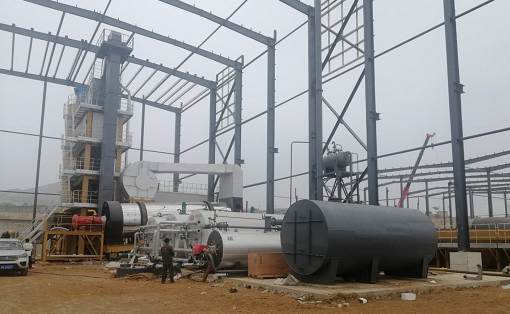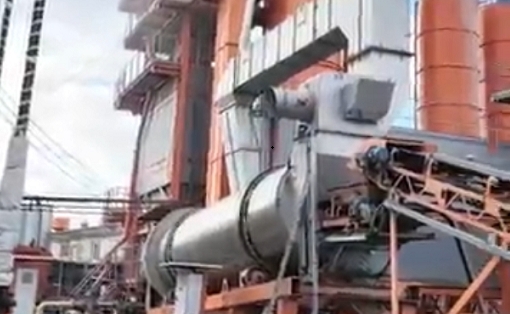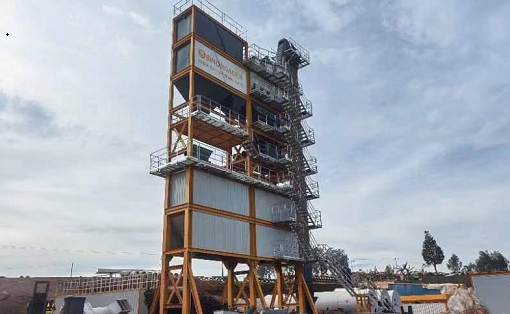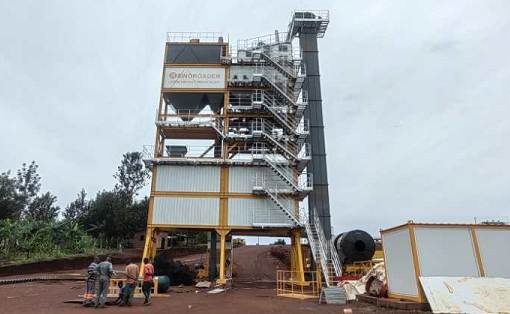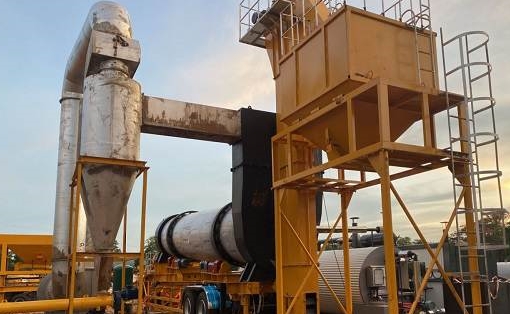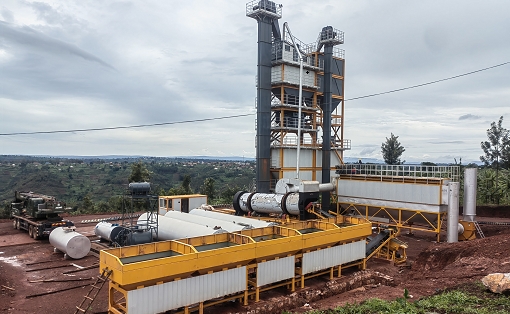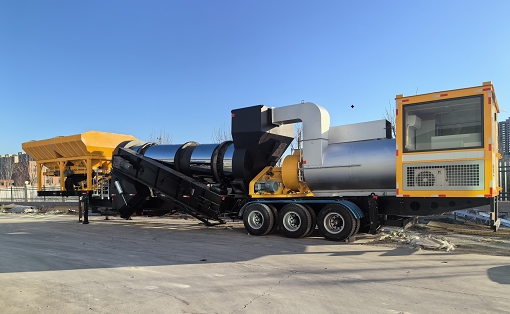Proportioning plan of raw materials processed by asphalt mixing station
Judging from the situation of highways in our country, asphalt pavement is the most used, which is one of the reasons why asphalt mixing plants have developed so rapidly. Under the situation of rapid economic development, the quality problems of asphalt pavement are gradually increasing, which puts forward higher and higher requirements for the quality of asphalt. It is understood that the primary factor that affects the quality of asphalt is the ratio of raw materials. This is also covered in the introduction of asphalt mixing stations. You can discuss it together.
In order to obtain high-quality asphalt products, in addition to the asphalt mixing equipment meeting the requirements, selecting the appropriate asphalt mixture gradation type is also a top priority. According to my country’s current regulations, the maximum particle size of the asphalt mixture in the upper layer of the highway should not exceed half of the layer thickness; while the maximum particle size of the aggregate in the middle surface layer of asphalt mixture should not exceed two-thirds of the layer thickness; and the asphalt layer should not exceed half of the layer thickness. The maximum nominal aggregate size of the pavement structural layer mixture should not exceed one-third of the layer thickness.
Based on this analysis, if an asphalt surface layer with a certain thickness is selected according to the above specifications, the particle size of the asphalt mixture aggregates will generally be larger, which will inevitably bring insurmountable construction difficulties to the construction of asphalt concrete pavement. After investigation, testing, analysis, and comparison, it can be seen that the lower layer has a wider choice, so the AG-201 gradation type can be used; while the selection of the upper layer mixture type is more difficult, and it is necessary to achieve a reasonable choice of this mix ratio. , on the one hand, we must examine as many aggregate resources as possible, and on the other hand, we must also consider the model of the mixing equipment.
In order to ensure the quality of the project, strict selection and inspection of engineering materials must be carried out. Therefore, the selection and determination of raw materials should be based on the requirements for pavement structure and use quality, combined with the supply of floor materials, and inspection in accordance with the requirements of relevant test procedures, and then Select the best materials so that all technical indicators of the materials meet the specified technical requirements.
Judging from the situation of highways in our country, asphalt pavement is the most used, which is one of the reasons why asphalt mixing plants have developed so rapidly. Under the situation of rapid economic development, the quality problems of asphalt pavement are gradually increasing, which puts forward higher and higher requirements for the quality of asphalt. It is understood that the primary factor that affects the quality of asphalt is the ratio of raw materials. This is also covered in the introduction of asphalt mixing stations. You can discuss it together.
In order to obtain high-quality asphalt products, in addition to the asphalt mixing equipment meeting the requirements, selecting the appropriate asphalt mixture gradation type is also a top priority. According to my country’s current regulations, the maximum particle size of the asphalt mixture in the upper layer of the highway should not exceed half of the layer thickness; while the maximum particle size of the aggregate in the middle surface layer of asphalt mixture should not exceed two-thirds of the layer thickness; and the asphalt layer should not exceed half of the layer thickness. The maximum nominal aggregate size of the pavement structural layer mixture should not exceed one-third of the layer thickness.
Based on this analysis, if an asphalt surface layer with a certain thickness is selected according to the above specifications, the particle size of the asphalt mixture aggregates will generally be larger, which will inevitably bring insurmountable construction difficulties to the construction of asphalt concrete pavement. After investigation, testing, analysis, and comparison, it can be seen that the lower layer has a wider choice, so the AG-201 gradation type can be used; while the selection of the upper layer mixture type is more difficult, and it is necessary to achieve a reasonable choice of this mix ratio. , on the one hand, we must examine as many aggregate resources as possible, and on the other hand, we must also consider the model of the mixing equipment.
In order to ensure the quality of the project, strict selection and inspection of engineering materials must be carried out. Therefore, the selection and determination of raw materials should be based on the requirements for pavement structure and use quality, combined with the supply of floor materials, and inspection in accordance with the requirements of relevant test procedures, and then Select the best materials so that all technical indicators of the materials meet the specified technical requirements.

